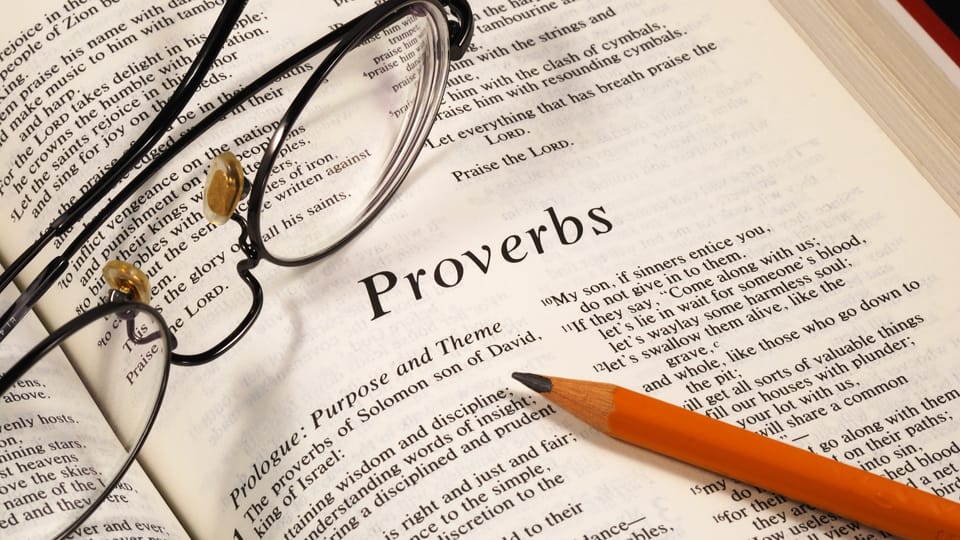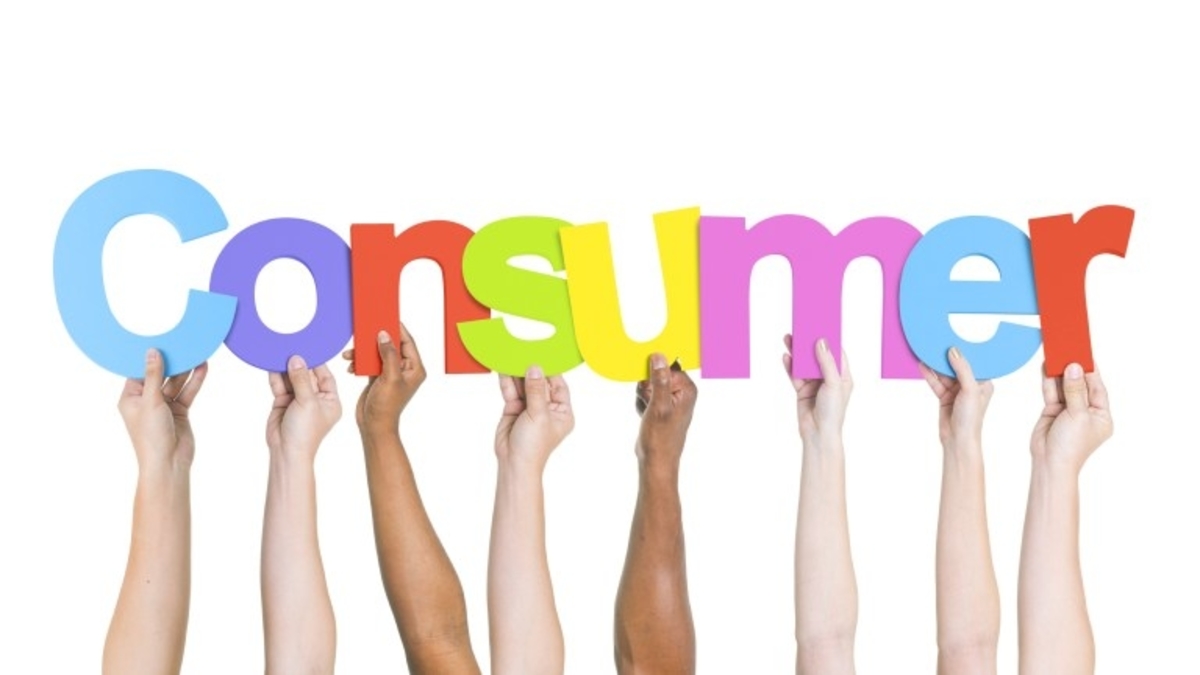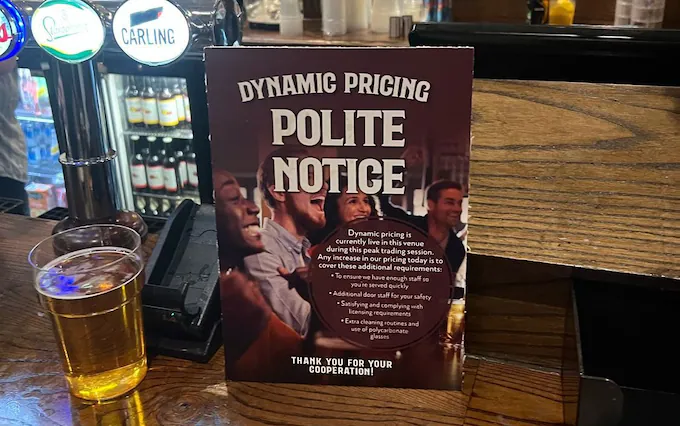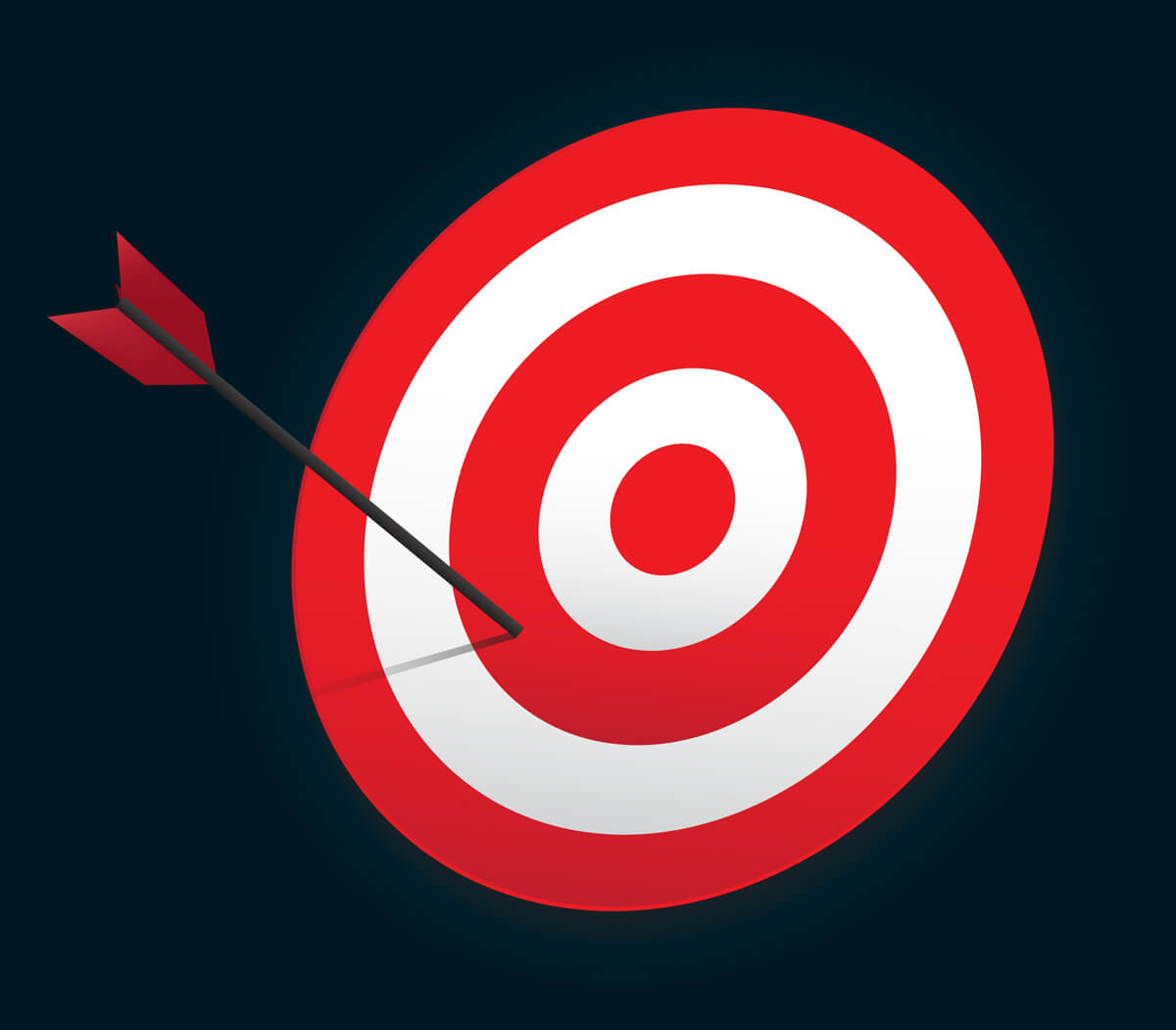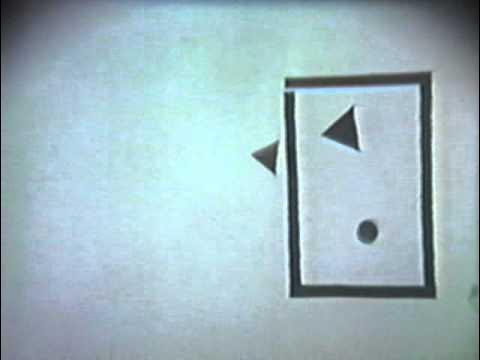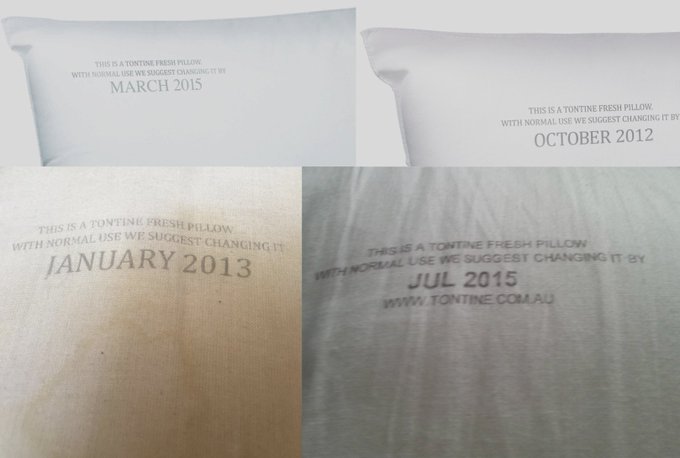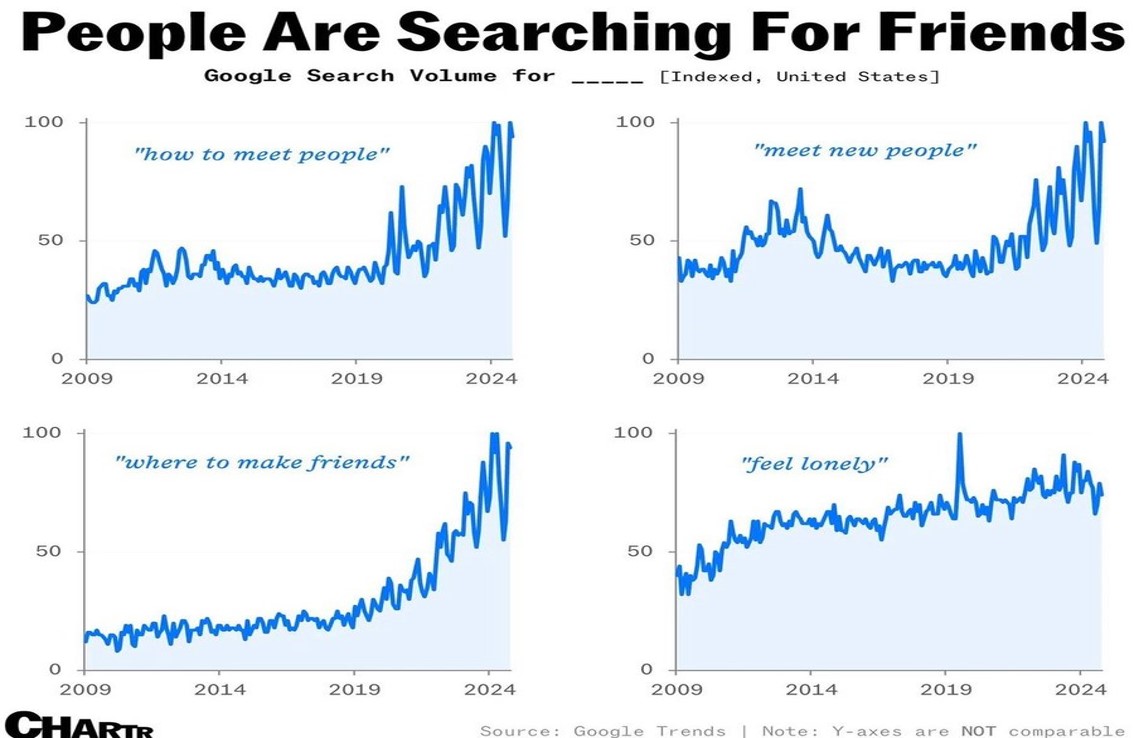They are largely contradictory:
– Absence makes the heart grow fonder / Out of sight, out of mind
– A stitch in time saves nine / Haste makes waste
– All work and no play makes Jack a dull boy / Idleness is the devil’s workshop
– Birds of a feather flock together / Opposites attract
– You can’t teach an old dog new tricks / Never too old to learn
– You can’t tell a book by its cover / Where there’s smoke, there’s fire
– Better safe than sorry / Nothing ventured, nothing gained
– He who hesitates is lost / Fools rush in
– Two heads are better than one / Too many cooks in the kitchen spoil the broth
Psychology & Science
The term ‘consumers’ is used so often that we forget there are alternatives. When we call other people ‘citizens’ instead, we improve perceived levels of trust and fairness. Could this re-frame help us unlock a new way of approaching marketing?
When a group of cyclists were asked to ride to the point of exhaustion, they lasted 18% longer when the clock (secretly) ran 10% slow. In other words, ‘maximum effort’ is a psychological, not physical, limit.
In the US, “report cards” provide data on the performance of cardiac surgeons. Unfortunately, they incentivise doctors to avoid operating on the severely ill – instead choosing patients who might not even need it.
In September 2023, pub operator Stonegate caused an uproar by imposing ‘surge pricing,’ in the form of a 20p uplift on a pint of beer during evenings and weekends. Yet no one complains when airlines use the same system; charging more for a Saturday flight in July than a Wednesday flight in November.
According to the head of policy at human rights organisation Liberty, facial recognition is a “deeply invasive breach of our privacy rights” when it’s used by the police. But billions of people use it to unlock their smartphones every day.
A fear of heights doesn’t just change our emotions – it changes our perceptions. People who are scared of heights will, quite literally, see the same height as larger than those who aren’t.
Few people recognise this quote: “whenever a government seeks to rely on a previously observed statistical regularity for control purposes, that regularity will collapse”. But it’s actually the original formation of Goodhart’s Law, as described by economist Charles Goodhart. Thankfully, the law was simplified by anthropologist Marilyn Strathern beyond the world of statistics: “when a measure becomes a target, it ceases to be a good measure.”
Americans say they need a 30%-50% raise to feel happy, regardless of their income. People making $50k need about 75k, and people making $200k need 350k.
In 1944 two researchers, Heider and Simmel, showed people some basic animated shapes and asked them to describe what they saw. The abstract shapes soon became a story. Viewers saw characters with emotions, motivations, and purpose. They personified the inanimate figures using words like “escaped,” “slammed,” “danced,” or “kissed” to describe their actions. They depicted them with tempers; as cowardly, or as viciously conspiring. If you ever needed proof that humans are meaning making creatures, this is it.
Passengers at Houston airport frequently complained about the long wait at baggage claim. Conventional wisdom says speed up the process or hire more baggage handlers. But the airport simply moved the arrival gates so that they were further away from baggage claim; increasing the walk time and eliminating dead waiting time. Complaints soon disappeared.
Stamp a best before date on them. Sales of Tontine pillows tripled as a result of this innovation.
Contradictions are hardwired into humans. We are natural born worriers – to prevent harm from unknown threats – but we’re also wired for curiosity; a trait that gave our ancestors access to new sources of food, water and tools. This is why we can love and loathe uncertainty, depending on the context.
People aren’t hungry for more virtual connections, they want more real connections.
No other item of clothing is so expressive as the mask. To some it represents oppression; a muzzling freedom of expression during the pandemic and, as a hijab, a denial of women’s rights. To others it represents freedom; a tool to thwart the state-controlled apparatus of face recognition, or a bold fashion statement (if you’re Kim Kardashian).

